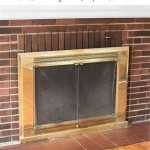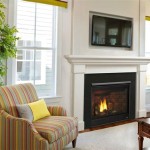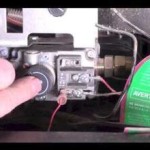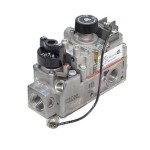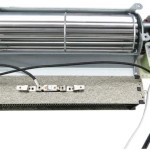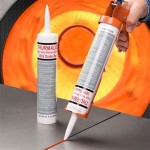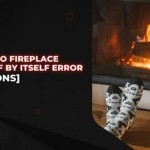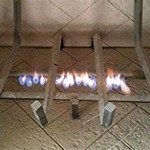How To Safely Use A Wood Burning Fireplace Insert In The Winter
Wood-burning fireplace inserts provide an efficient and aesthetically pleasing way to heat your home during the winter months. While they offer warmth and ambiance, it is crucial to prioritize safety when operating this type of heating appliance. This article provides a comprehensive guide on how to safely use a wood-burning fireplace insert, addressing various aspects from installation to maintenance.
Installation and Setup
Proper installation is paramount to ensuring safe and efficient operation of your wood-burning fireplace insert. It is highly recommended to hire a qualified professional for installation, as improper installation can lead to fire hazards and safety risks. Professional installers will ensure that the insert is correctly sized and vented, adhering to local building codes and safety regulations.
Before using the insert, familiarize yourself with its operating instructions and safety features. The manufacturer's manual will provide detailed information on the proper use, maintenance, and troubleshooting of the appliance. It is essential to review the manual thoroughly and understand the safety guidelines before lighting the first fire.
Ensure that the area surrounding the fireplace insert remains clear of combustible materials. Keep flammable items such as curtains, furniture, and rugs at a safe distance to prevent accidental fires. It is also advisable to install a heat-resistant barrier or screen in front of the hearth to protect children and pets from potential burns.
Operating the Fireplace Insert
Before igniting the fire, always check that the flue damper is fully open to allow for proper ventilation and smoke removal. The damper should be closed only after the fire has been extinguished and the ashes have cooled down completely.
Use only dry, seasoned hardwood to fuel the fire, as this type of wood burns efficiently and produces less smoke. Avoid using softwoods like pine or fir, which tend to produce more creosote, a highly flammable substance that can accumulate in the chimney and increase the risk of fire.
Never leave a burning fire unattended. Always have a fire extinguisher readily available in case of a sudden flare-up. It is also a good practice to keep a bucket of sand or water nearby for immediate fire suppression if needed.
When adding fuel to the fire, do so gradually and avoid overloading the firebox. Do not use flammable liquids such as lighter fluid or gasoline to start the fire, as they can cause dangerous explosions. Instead, use fire starters or crumpled newspaper to initiate the flames.
Maintenance and Safety Checks
Regular maintenance is crucial to ensure safe and optimal performance of your wood-burning fireplace insert. It is recommended to have the chimney inspected and cleaned by a certified chimney sweep at least once a year, or more frequently if you burn a significant amount of wood. Cleaning the chimney helps prevent the buildup of creosote, which poses a serious fire hazard.
Inspect the fireplace insert regularly for any signs of damage or wear and tear. Check the firebox, door seals, and flue for cracks or leaks. Replace any damaged parts promptly to prevent unsafe conditions.
Ensure that the fireplace insert's glass door is properly sealed to prevent heat loss and smoke leakage. Regularly clean the glass door to maintain clear visibility and ensure efficient heat transfer.
Be mindful of the risk of carbon monoxide poisoning. This odorless and colorless gas can be produced by incomplete combustion in wood-burning appliances. Install a carbon monoxide detector in your home, especially near the fireplace insert, and ensure it is properly functioning.
Additional Safety Tips
Always supervise children and pets around the fireplace insert. Keep them at a safe distance to prevent accidental burns or injuries. Teach children about the dangers of fire and the importance of fire safety.
Avoid using the fireplace insert as a trash incinerator. Do not burn paper, plastic, or other non-wood materials, as they can release toxic fumes and create hazardous conditions.
If you experience any problems with the fireplace insert, such as excessive smoke, difficulty starting the fire, or unusual noises, consult a qualified professional for diagnosis and repair. Do not attempt to fix the appliance yourself unless you are adequately trained and equipped.

The 10 Commandments Of Wood Burning Stoves Sintef Blog

Conquer Winter With A New Wood Insert Albany Ny Northeastern

Wood Stove Fire Starting For Beginners In Cold Weather

Top 5 Reasons To Consider A Fireplace Inserts Wi Ia Il

Should I Use A Fireplace Insert Or Wood Stove To Heat Up My Home

6 Ways To Get More Heat From Your Wood Forge Flame

How To Install A Fireplace Insert Ask This Old House

Moving Hot Air How To Heat Your House Using Fireplace

Dread Winter Try A Wood Burning Stove Michigan Eoyer

Tips Plus On How To Build A Cozy Wood Fire This Winter
Related Posts

